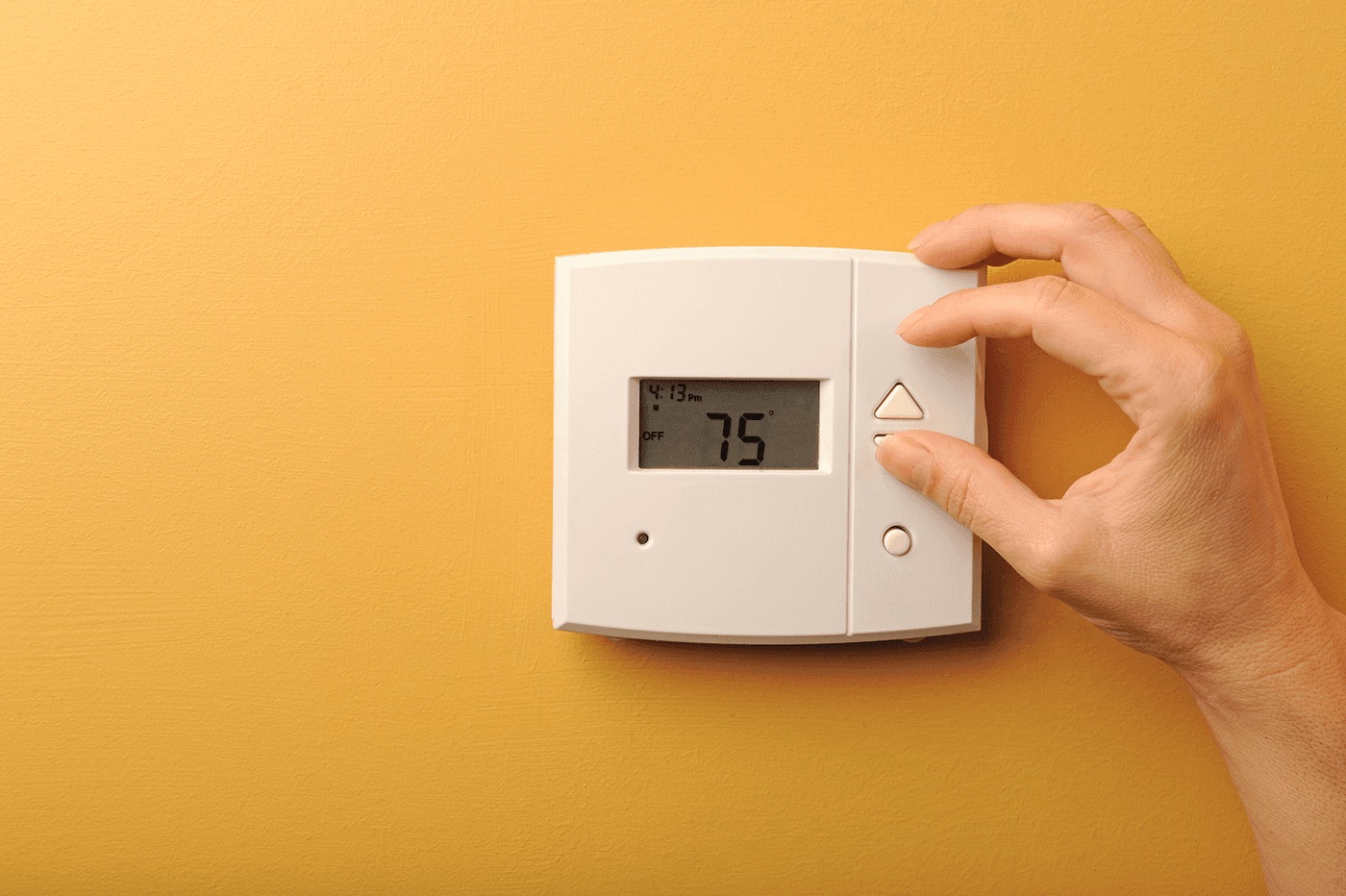

Articles
What Temp Should AC Be Set At
Modified: September 2, 2024
Find out the ideal temperature to set your AC at in this informative article. Stay comfortable and save energy with the right AC settings.
(Many of the links in this article redirect to a specific reviewed product. Your purchase of these products through affiliate links helps to generate commission for Storables.com, at no extra cost. Learn more)
Introduction
Welcome to the world of air conditioning, where comfort meets efficiency. As the temperatures rise, we rely on our trusty AC units to keep us cool and comfortable. But have you ever wondered what the ideal temperature for your AC should be? Setting the right temperature not only affects our comfort but also our energy consumption and utility bills. In this article, we will explore the factors to consider when setting the AC temperature, the optimal temperature for energy efficiency, and how to strike a balance between comfort and cost savings.
When it comes to setting the AC temperature, there are a few important factors to consider. The first factor is energy efficiency. Running the AC consumes a significant amount of electricity, and setting the temperature too low can result in higher energy bills. On the other hand, setting the temperature too high may sacrifice our comfort. Finding the sweet spot where we can maintain a comfortable environment while minimizing energy consumption is key.
Another factor to consider is personal comfort. Everyone has different preferences when it comes to room temperature. Some people prefer a cooler environment, while others are comfortable in slightly warmer conditions. Taking into account the comfort level of the occupants is crucial in setting the AC temperature.
Seasonal variations also play a role in determining the ideal AC temperature. During the summer, when the outdoor temperatures soar, it may require a lower indoor temperature to keep us cool and comfortable. On the other hand, during the winter, when the weather is chilly, a higher indoor temperature might be needed to maintain a cozy atmosphere.
Setting the AC temperature at night is another important consideration. Our body temperature naturally drops while we sleep, so the optimal temperature for a good night’s sleep may differ from what is comfortable during the daytime hours.
To ensure maximum efficiency and cost savings, we will also provide some tips on how to maximize AC efficiency, saving both energy and money without sacrificing comfort. From optimizing insulation to utilizing programmable thermostats, these tips can make a significant difference in your overall cooling experience.
Now that we have set the stage, let’s dive into the details of each factor and discover the ideal temperature for your AC.
Key Takeaways:
- Finding the optimal AC temperature involves balancing energy efficiency and personal comfort. Set the temperature around 78°F in summer for cost savings, and 72°F to 76°F for comfort, considering individual preferences and seasonal variations.
- To maximize AC efficiency, implement strategies like insulation optimization, programmable thermostats, and natural ventilation. These tips can reduce energy consumption and utility bills while maintaining a comfortable indoor climate.
Read more: What Temp Should AC Blow
Factors to Consider When Setting the AC Temperature
When it comes to setting the temperature on your AC unit, there are several important factors to consider. These factors will help you find the ideal temperature that balances both energy efficiency and personal comfort. Let’s explore these factors in more detail:
- Energy Efficiency: One of the primary considerations when setting the AC temperature is energy efficiency. The lower you set the temperature, the harder your AC unit has to work to maintain that temperature. This results in increased energy consumption and higher utility bills. On the other hand, setting the temperature too high can also lead to discomfort. To find the optimal balance, consider the outdoor temperature, insulation, and the desired indoor comfort level.
- Personal Comfort: Each individual has their own preference for the ideal room temperature. Some people may feel comfortable in a slightly warmer environment, while others prefer a cooler room. It’s essential to consider the preferences and needs of the occupants when setting the AC temperature. Taking their comfort into account will ensure a space that is not only energy efficient but also promotes well-being and productivity.
- Seasonal Variations: The ideal AC temperature may vary depending on the season. During the hot summer months, you may need to set a lower temperature to counteract the outdoor heat and maintain a comfortable indoor environment. Conversely, during the winter, when temperatures are cooler, you may need to adjust the temperature higher to create a cozy atmosphere. Be mindful of these seasonal variations and adjust your AC temperature accordingly.
- Humidity Levels: In addition to temperature, humidity levels also play a significant role in our comfort. High humidity can make the air feel hotter and stickier, while low humidity can lead to dryness and discomfort. Some AC units offer the option to control humidity levels along with temperature. Consider the humidity levels in your area and adjust the settings accordingly for maximum comfort.
- Sleeping Environment: The ideal temperature for a good night’s sleep may differ from what is comfortable during the daytime. Our body temperature naturally decreases during sleep, and setting the AC temperature slightly lower can create a more conducive sleeping environment. Aim for a temperature that allows you to sleep comfortably without feeling too cold or too warm.
By considering these factors, you can find the optimal AC temperature that strikes a balance between energy efficiency and personal comfort. Next, let’s explore the ideal temperature for maximizing energy efficiency and cost savings.
Optimal Temperature for Energy Efficiency
When it comes to energy efficiency, finding the optimal temperature for your AC is crucial. Setting the temperature too low can lead to excessive energy consumption and inflated utility bills, while setting it too high may compromise your comfort. Let’s delve into the optimal temperature range for energy efficiency:
The U.S. Department of Energy suggests setting your AC thermostat to 78°F (25.5°C) when you’re at home during the summer. This temperature provides a good balance between comfort and energy savings. However, keep in mind that this is just a general guideline, and the ideal temperature can vary based on factors such as humidity, insulation, and personal preference.
Every degree lower than 78°F can significantly increase your energy consumption. According to Energy Star, for every degree you set your thermostat below 78°F, you can expect to see a 3% to 5% increase in energy usage. So, if you set your AC at 75°F instead of 78°F, you could be using 6% to 10% more energy.
During the summer, adjusting your thermostat a few degrees higher while you’re away from home can lead to significant energy savings. Energy Star recommends setting your thermostat to 85°F (29.5°C) while you’re away, as this can help conserve energy without compromising your comfort too much. Programmable thermostats are excellent tools for automating these temperature adjustments, allowing you to come back to a cool and comfortable home while saving energy while you’re away.
Remember, finding the optimal temperature for energy efficiency is a balance between comfort and cost savings. You may need to experiment and find the temperature that works best for you and your household. Factors such as insulation, energy-efficient windows, and shading from trees or blinds can also impact your AC’s efficiency and reduce the amount of energy needed to maintain a comfortable temperature.
Keep in mind that while energy efficiency is important, personal comfort should also be taken into consideration. If setting the AC temperature at the recommended energy-efficient range of 78°F is too warm for you, consider other strategies to stay cool, such as using fans or dressing in lightweight clothing.
Now that we’ve explored the optimal temperature for energy efficiency, let’s dive into the ideal temperature range for personal comfort.
Optimal Temperature for Comfort
When it comes to personal comfort, finding the optimal temperature for your AC is essential. While energy efficiency is important, it’s equally crucial to ensure that you and your household feel comfortable and at ease in your living space. Here are some guidelines for determining the optimal temperature for comfort:
For most people, a temperature range of 72°F to 76°F (22°C to 24°C) is considered comfortable during the summer months. However, personal preferences can vary, and some individuals may prefer a slightly cooler or warmer environment. It’s important to take into account the preferences of those residing in the space to ensure everyone feels comfortable.
If you have elderly individuals or young children in your household, it’s generally recommended to set the temperature towards the cooler end of the comfort range. Older adults tend to have a more difficult time regulating their body temperature, while babies and young children are more sensitive to heat and may require a cooler environment for optimal comfort.
In the winter months, a temperature range of 68°F to 72°F (20°C to 22°C) is typically comfortable for most individuals. Again, personal preferences may vary, and it’s important to consider the needs and comfort levels of the occupants.
Remember to consider factors such as insulation, humidity levels, and airflow within your living space. Proper insulation helps maintain a consistent temperature and reduces the need for excessive heating or cooling. Adequate ventilation and airflow can also contribute to a more comfortable environment by circulating the air and preventing stagnant, stuffy conditions.
Individuals who are more active or engaged in physical activities may prefer a cooler environment, while those who are less active may find a slightly warmer temperature more pleasant. It’s important to strike a balance that satisfies the overall comfort needs of the occupants.
If you find that the recommended comfort range is not suitable for your preferences and you’re looking to conserve energy, consider using fans or opening windows to improve air circulation and provide natural ventilation. This can help create a more comfortable environment without relying solely on your AC system.
Ultimately, the optimal temperature for comfort is subjective and may require a trial-and-error approach to find what works best for you and your household. By prioritizing both energy efficiency and personal comfort, you can achieve a balanced and enjoyable living environment.
Next, let’s discuss considerations for adjusting the AC temperature based on different seasons.
Set your AC to 78°F for a balance of comfort and energy efficiency. For every degree higher, you can save up to 3% on cooling costs.
Considerations for Different Seasons
As the seasons change, so do our temperature preferences. It’s important to consider the unique challenges and considerations that each season brings when setting the AC temperature. Let’s explore some specific factors to keep in mind for different seasons:
Summer: During the hot summer months, it’s essential to find the right balance between keeping cool and conserving energy. With higher outdoor temperatures, you may need to set a lower indoor temperature to maintain comfort. Aim for a temperature range of 72°F to 76°F (22°C to 24°C) during the day when you’re actively using the space. If you’re away from home for an extended period, consider raising the temperature to around 80°F (26.5°C) to conserve energy. Utilize ceiling fans or portable fans to enhance the cooling effect and create a more comfortable environment.
Fall: As fall approaches and outdoor temperatures start to cool down, you can begin adjusting the AC temperature accordingly. Open windows and let the cool breeze in during the transitional period when outdoor temperatures are pleasant. As the temperatures continue to drop, you’ll likely need to adjust the AC temperature higher to maintain a comfortable indoor environment. Aim for a temperature range of 68°F to 72°F (20°C to 22°C) during the day and consider lowering it slightly at night for a cozy sleep environment.
Winter: In winter, the AC temperature settings will depend on your heating system. If you have a separate heating system, such as a furnace or heat pump, you’ll need to adjust the AC temperature to ensure that the cooling function is turned off. However, if you have a reverse-cycle AC unit that provides both cooling and heating, you may need to adjust the temperature higher to keep the space warm and comfortable. Aim for a temperature range of 68°F to 72°F (20°C to 22°C) during the day and adjust it slightly lower overnight when blankets and bedding can provide additional warmth.
Spring: Springtime brings milder temperatures, and it’s an excellent opportunity to take advantage of natural ventilation. Open windows during the day to let in fresh air and adjust the AC temperature accordingly. Aim for a range that aligns with your personal comfort preferences, typically around 70°F to 74°F (21°C to 23°C). As the weather continues to warm up, you may need to gradually lower the AC temperature to maintain comfort.
During transitional seasons like spring and fall, pay close attention to daily weather patterns. Adjusting the AC temperature accordingly can help you maintain a comfortable environment while minimizing energy consumption.
By considering the unique characteristics and demands of each season, you can adapt your AC temperature settings to provide a comfortable living space year-round. Next, let’s discuss setting the AC temperature at night to ensure a restful sleep.
Read more: What Temp Should Samsung Freezer Be
Setting the AC Temperature at Night
Getting a good night’s sleep is essential for our overall well-being, and setting the AC temperature plays a crucial role in creating a comfortable sleep environment. Here are some considerations to keep in mind when setting the AC temperature at night:
Natural Circadian Rhythms: Our body temperature naturally decreases during the night as part of our circadian rhythms, signaling to our body that it’s time to rest. It’s important to create a sleep environment that supports this natural process. Adjusting the AC temperature slightly lower at night can help facilitate a comfortable sleep by promoting a cooler and more relaxing atmosphere.
Personal Comfort Preferences: Everyone has different comfort preferences when it comes to sleeping. Some individuals prefer a cooler room, while others feel more comfortable in a slightly warmer environment. Experiment with different temperatures to find what works best for you and promotes a restful sleep. Consider using lightweight bedding and breathable fabrics to enhance comfort.
Energy Savings: Setting the AC temperature slightly higher at night can lead to energy savings and reduced utility bills. Since we naturally require less cooling during sleep, adjusting the temperature by a few degrees can help conserve energy without sacrificing comfort. Programmable thermostats or smart devices can be programmed to automatically adjust the temperature at night, ensuring optimal comfort and energy efficiency.
Noise and Airflow: In addition to temperature, consider other factors that can impact sleep quality, such as noise and airflow. If your AC unit produces loud noises that may disrupt your sleep, consider using a quieter sleep mode or utilizing a white noise machine to mask any unwanted sounds. Additionally, ensure that your AC vents are not obstructed, allowing for optimal airflow and distribution of cool air throughout the room.
Based on these considerations, a recommended temperature range for the sleep environment is around 65°F to 70°F (18°C to 21°C). However, it’s important to note that individual preferences may vary. Experiment with different temperatures and monitor how your body responds to find the ideal setting for a restful night’s sleep.
Remember to use energy-saving features on your AC unit, such as sleep mode or timer settings, which can help regulate the temperature and ensure a comfortable sleep environment without running the AC unnecessarily throughout the night.
Now that we’ve covered setting the AC temperature at night, let’s explore some additional tips for maximizing AC efficiency and energy savings.
Tips for Maximizing AC Efficiency
To maximize the efficiency of your AC unit and save energy, here are some valuable tips to keep in mind:
- Optimize Insulation: Ensure that your home is properly insulated, including walls, windows, and doors. Good insulation prevents cool air from escaping and minimizes heat gain from the outside, reducing the load on your AC unit.
- Utilize Programmable Thermostats: Invest in programmable thermostats or smart devices that allow you to set temperature schedules. This way, you can adjust the AC temperature based on your daily routine, avoiding wasteful cooling when you’re not at home.
- Seal Air Leaks: Identify and seal any air leaks around windows, doors, and ducts. The less air that escapes, the more efficiently your AC unit can cool your home.
- Utilize Ceiling Fans: Ceiling fans help circulate cool air and create a wind-chill effect, making you feel cooler without relying solely on your AC. Remember to turn off fans when you’re not in the room, as fans cool people, not the space.
- Proper Air Filter Maintenance: Clean or replace your AC air filters regularly to ensure proper airflow and prevent the system from working harder than necessary. Clogged filters can reduce efficiency and increase energy consumption.
- Use Natural Ventilation: Take advantage of cooler evenings and mornings by opening windows and allowing fresh air to circulate throughout your home. This can help reduce the need for constant AC usage and promote natural cooling.
- Utilize Window Coverings: Install blinds, curtains, or shades on windows to block out direct sunlight and reduce heat gain. This allows your AC unit to operate more efficiently and keeps your home cooler.
- Maintain Regular AC Maintenance: Schedule regular maintenance for your AC unit to ensure it operates at peak efficiency. This includes cleaning coils, checking refrigerant levels, and inspecting the overall system for any issues.
- Avoid Heat-Generating Activities: Minimize heat-generating activities during the hottest parts of the day. This includes cooking on the stovetop, using the oven, or running high-energy appliances. These activities can add to the heat load in your home, making your AC work harder to cool the space.
- Consider Energy-Efficient AC Units: If your current AC unit is old and inefficient, consider upgrading to an energy-efficient model. Look for units with a high Seasonal Energy Efficiency Ratio (SEER) rating, which indicates better energy performance.
By implementing these tips, you can significantly improve the energy efficiency of your AC unit, reduce your environmental impact, and lower your utility bills while still maintaining a comfortable indoor climate.
Now that we’ve covered maximizing AC efficiency, let’s conclude our article.
Conclusion
Setting the AC temperature is a delicate balance between energy efficiency and personal comfort. By considering various factors such as energy efficiency, personal preferences, seasonal variations, sleeping environments, and implementing tips for maximizing AC efficiency, you can create a comfortable and efficient cooling experience.
When it comes to energy efficiency, finding the optimal temperature can lead to significant cost savings and reduced environmental impact. Setting the AC temperature to around 78°F (25.5°C) during the summer while adjusting it higher when you’re away can help strike a balance between comfort and energy conservation.
Personal comfort is also essential, and finding the right temperature range varies from person to person. Most individuals find comfort between 72°F to 76°F (22°C to 24°C) during the summer and 68°F to 72°F (20°C to 22°C) during the winter. However, it’s important to consider the unique preferences and needs of the occupants to ensure everyone feels comfortable.
Considerations for different seasons play a role in determining the ideal AC temperature. Adjusting the AC temperature based on weather patterns and utilizing natural ventilation can help maintain a pleasant indoor environment while minimizing energy consumption.
Setting the AC temperature at night is crucial for a good night’s sleep. Adjusting the temperature slightly lower, around 65°F to 70°F (18°C to 21°C), can promote a comfortable sleep environment. However, individual preferences may vary, and it’s important to find the temperature that works best for you.
Maximizing AC efficiency involves various strategies such as optimizing insulation, utilizing programmable thermostats, sealing air leaks, using ceiling fans, and maintaining regular AC maintenance. By implementing these tips, you can reduce energy consumption and increase cost savings without compromising comfort.
In conclusion, finding the ideal temperature for your AC is a personal journey that requires considering energy efficiency, personal preferences, seasonal variations, and sleep environments. By aligning these factors, you can create a comfortable and energy-efficient living space, allowing you to enjoy the benefits of your AC system while minimizing its impact on both your wallet and the environment.
Frequently Asked Questions about What Temp Should AC Be Set At
Was this page helpful?
At Storables.com, we guarantee accurate and reliable information. Our content, validated by Expert Board Contributors, is crafted following stringent Editorial Policies. We're committed to providing you with well-researched, expert-backed insights for all your informational needs.

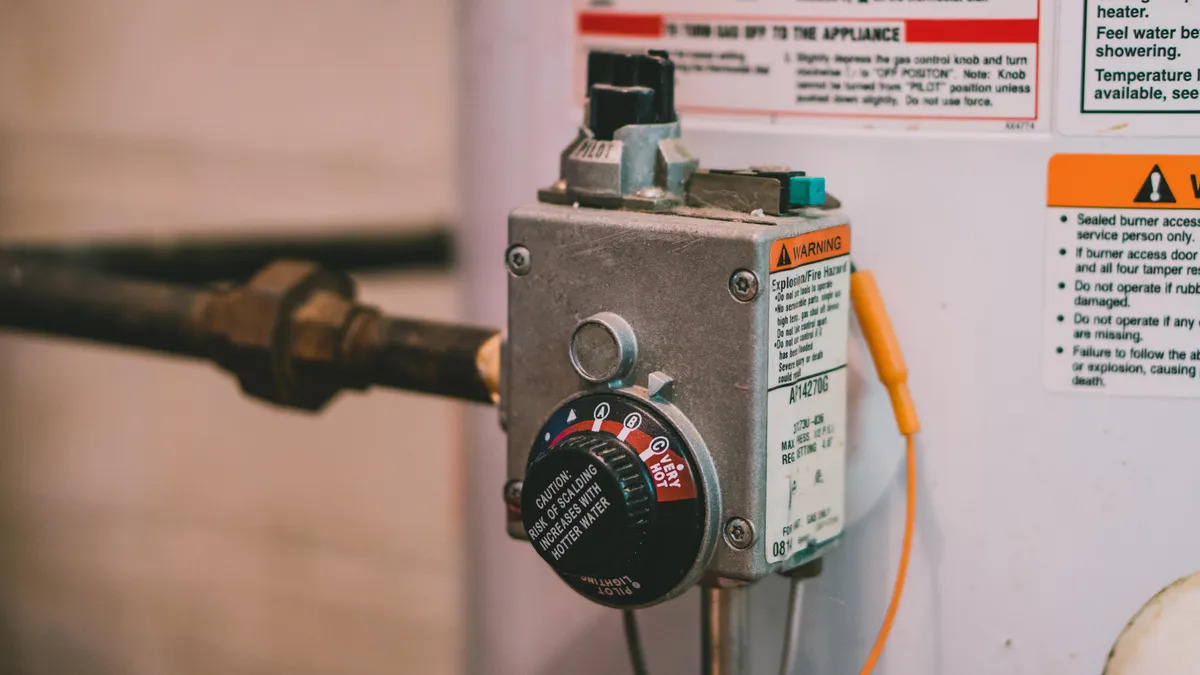
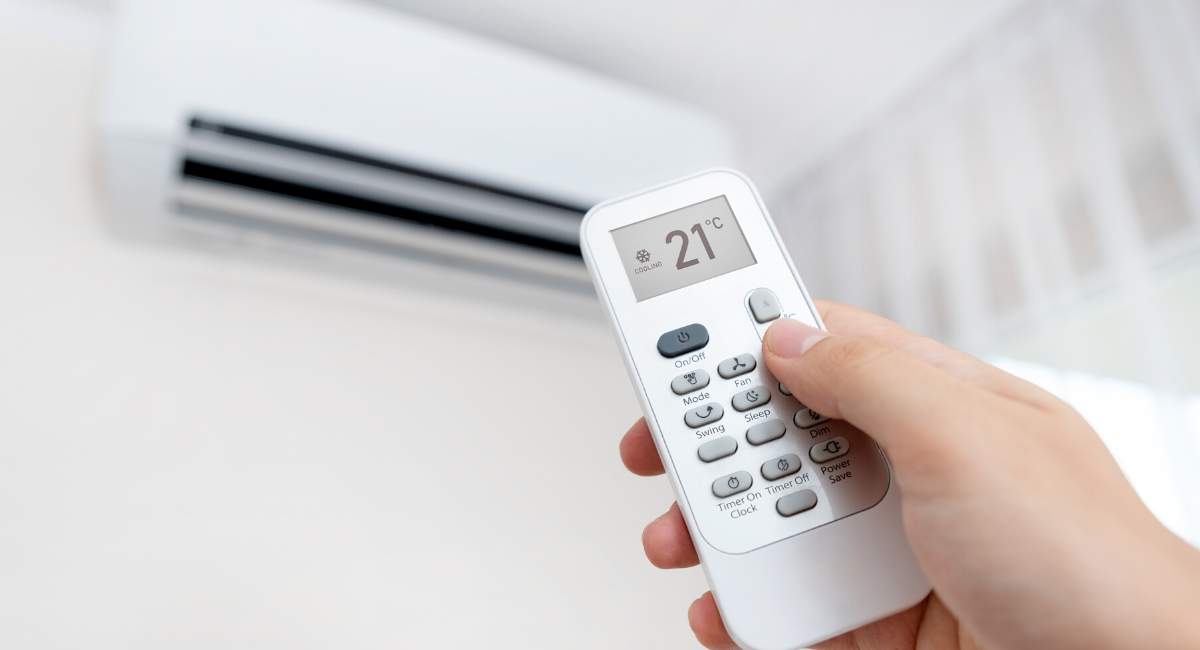
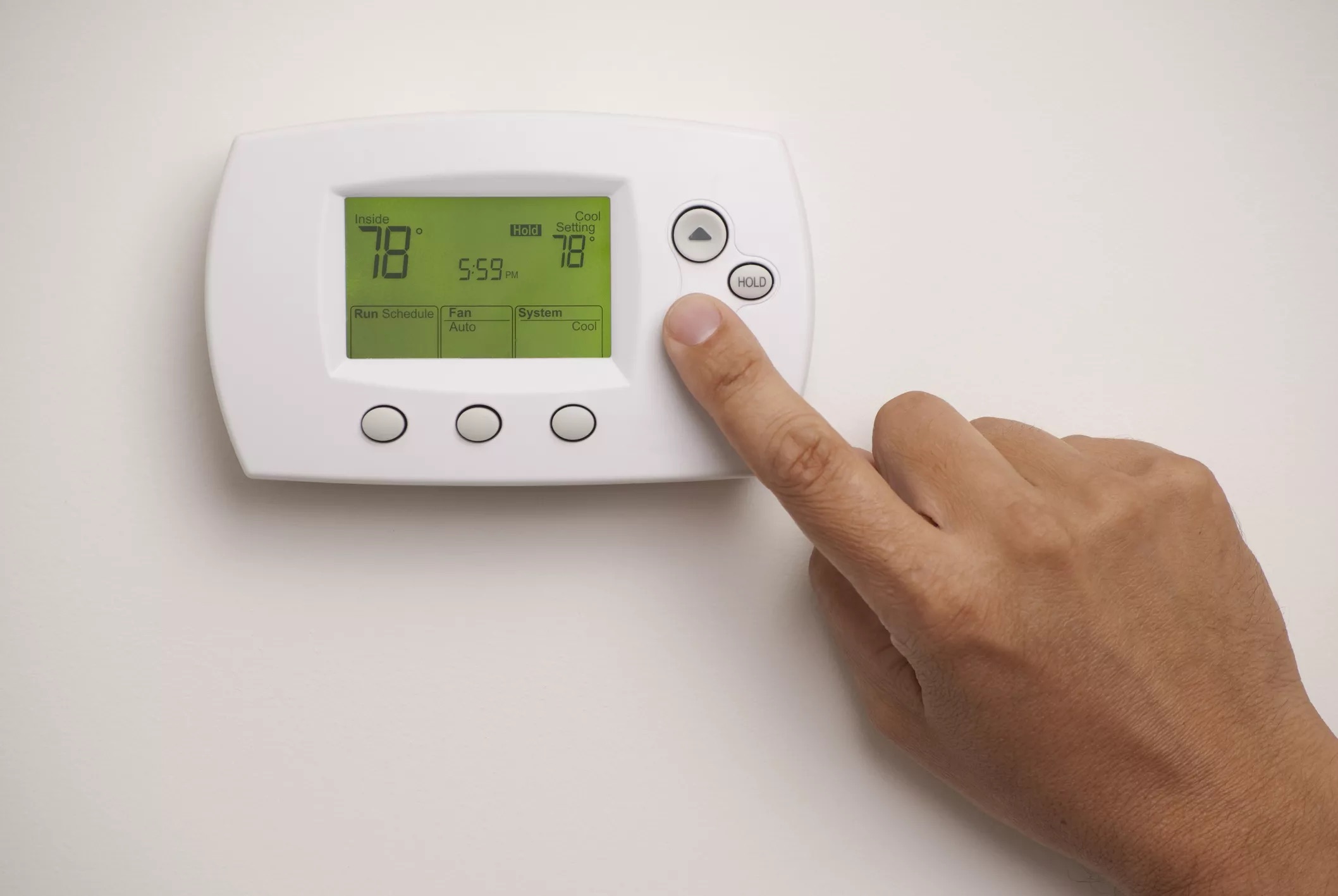
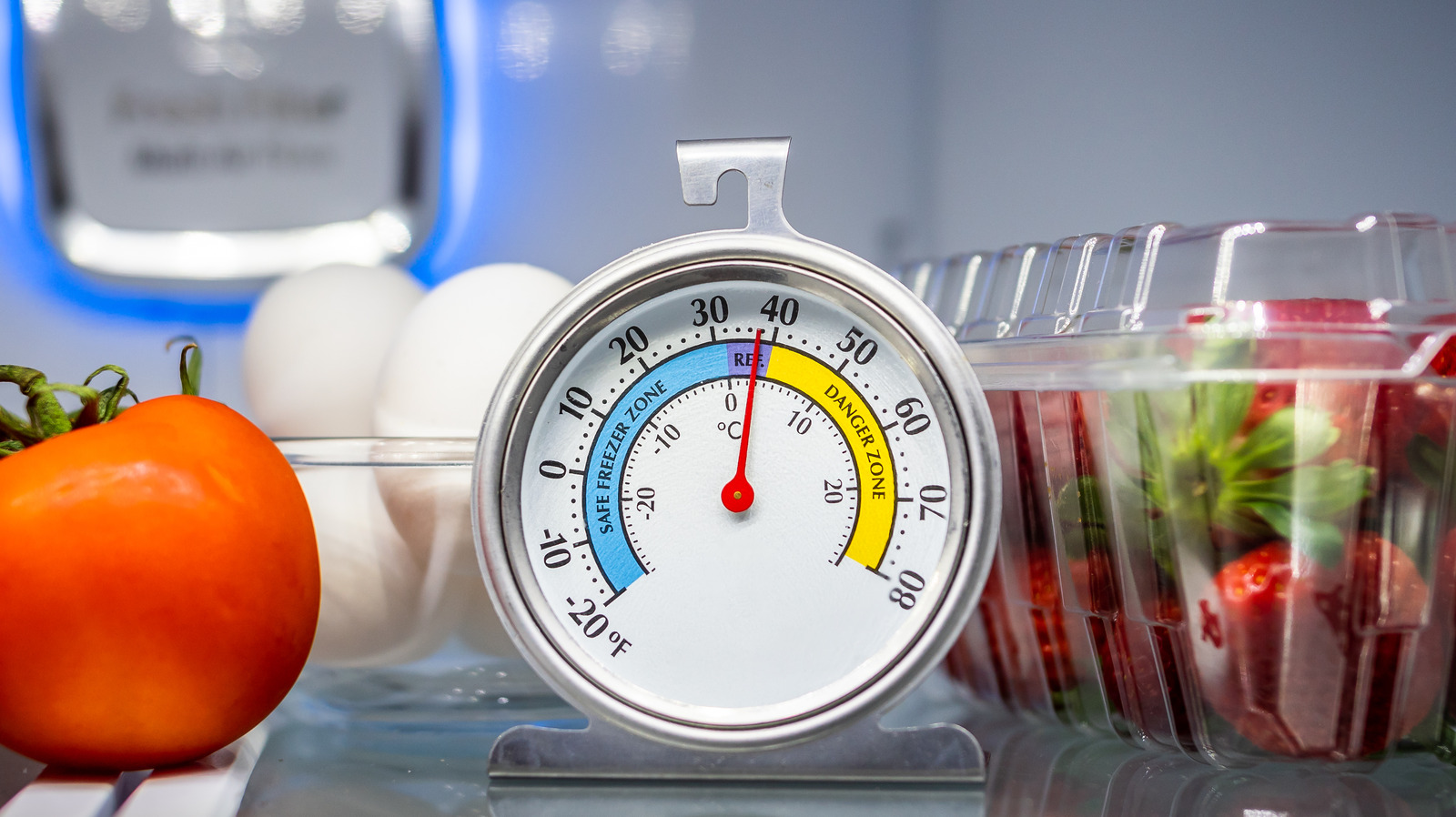



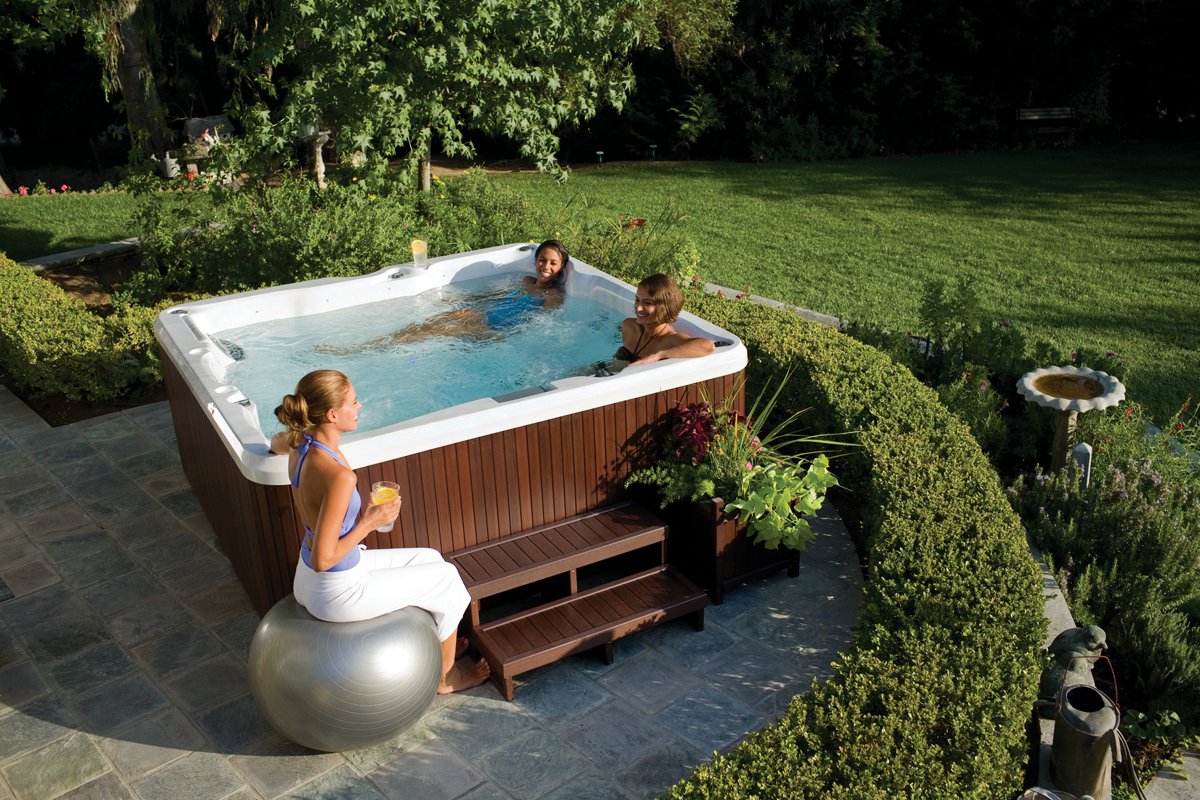






0 thoughts on “What Temp Should AC Be Set At”